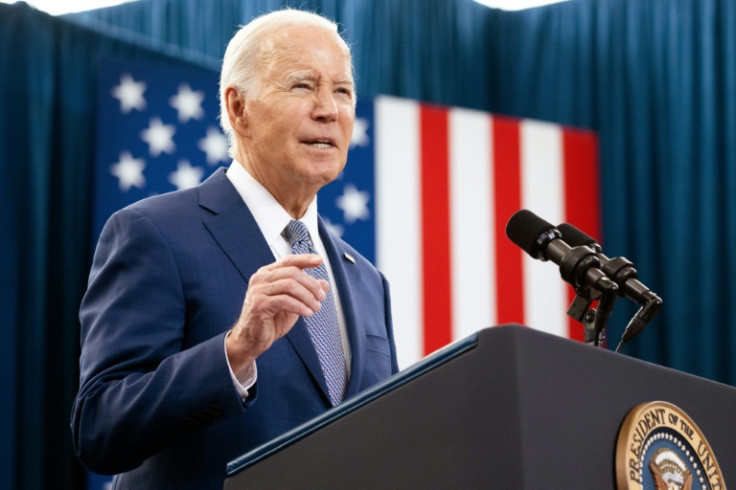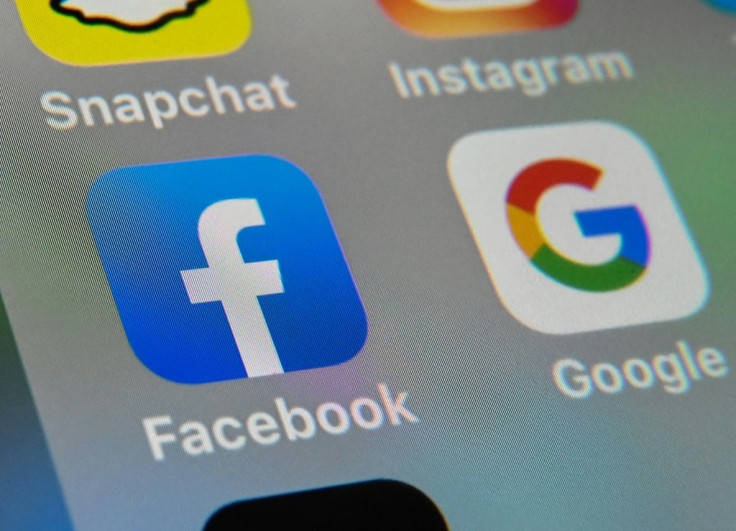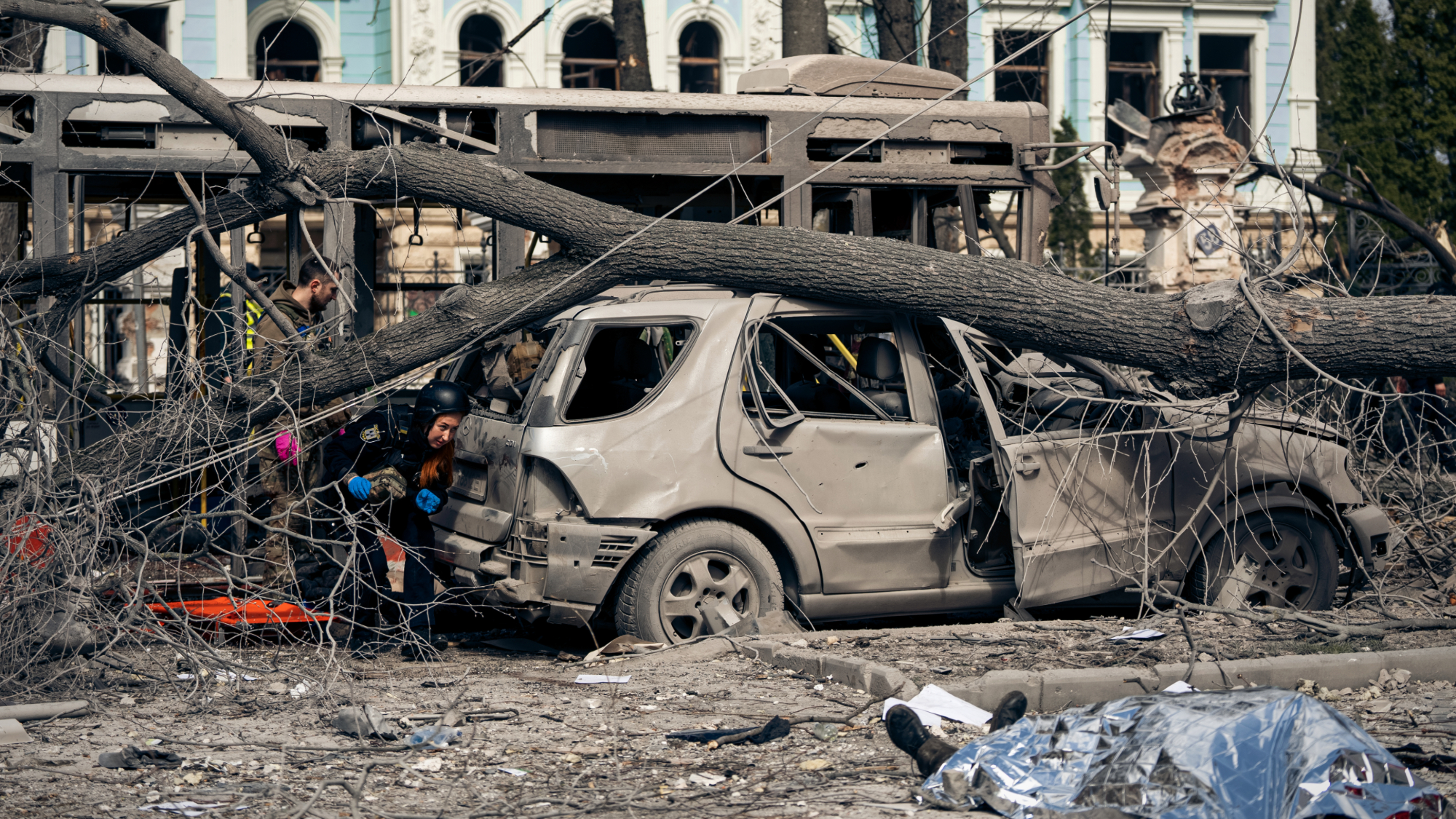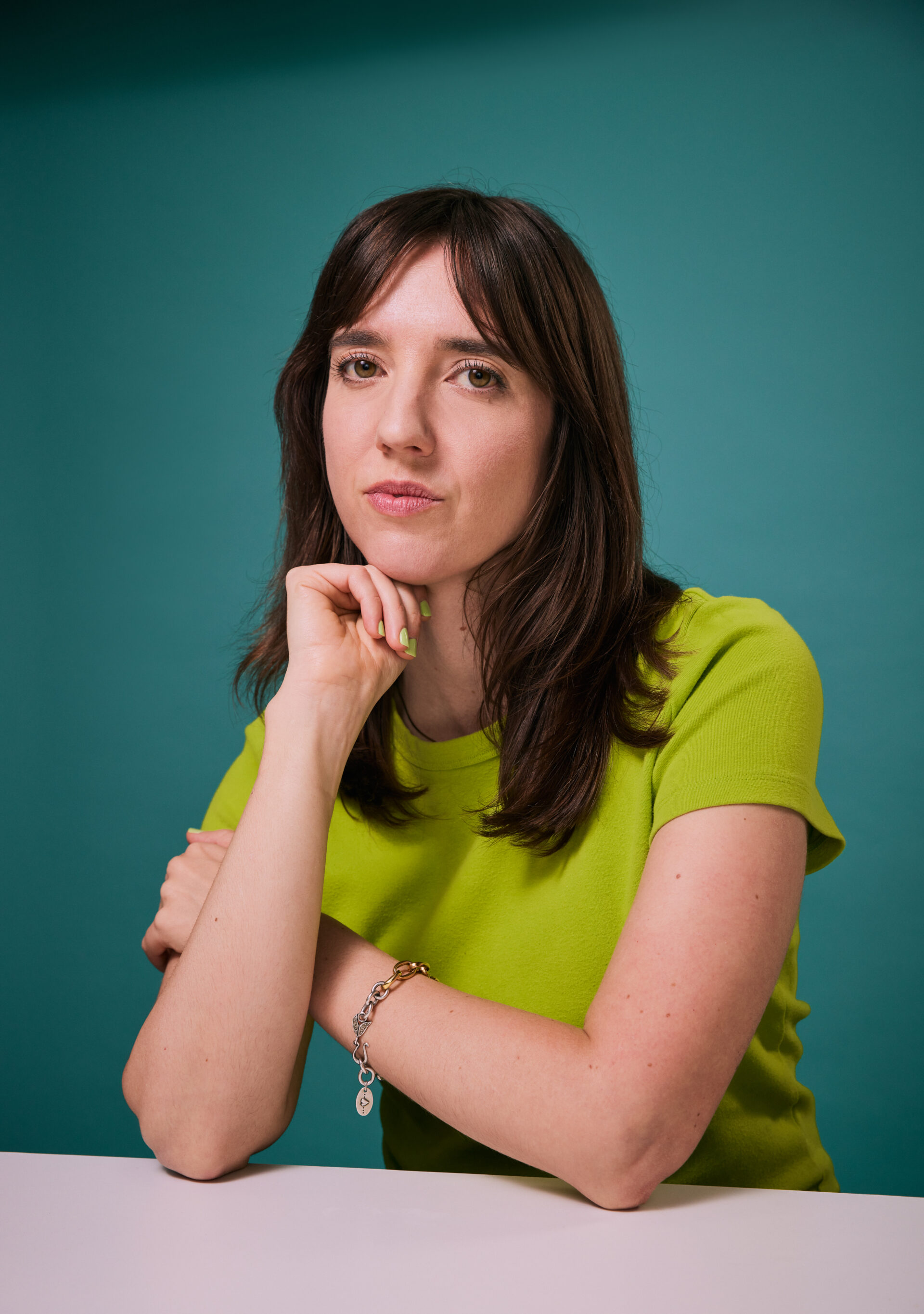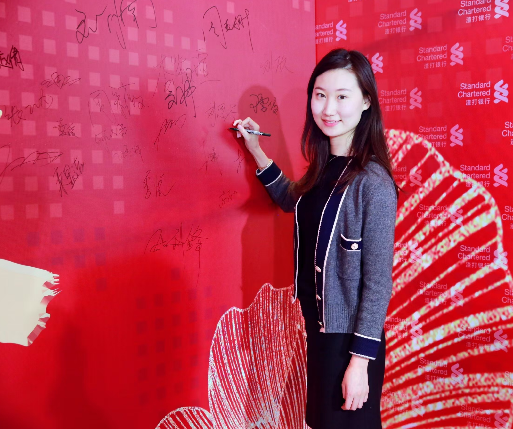Sept. 11, 2001, started like any other school day at Franklin Elementary School in Trenton, New Jersey: there was unpacking, school announcements and a morning meeting.

My friend, the à la carte writing teacher, wheeled her cart out of my closet (her home base) and waved good-bye. It was just a few days into the school year, and we were already a fully functioning learning community. My students had just begun a game focusing on the two and three times tables when the writing teacher returned, looking pale as a ghost.
We stepped away from the watching eyes of my class and she told me what had happened. Her father worked at the Pentagon. The rest was a blur.
I was new at this. I was 23. How was I to contain my fear and anxiety in front of my kids? What would I tell them?
The day went by in slow motion. Even though we had no smart phones and no immediate access to information, news slowly trickled in. School administrators updated us on events and also relieved us to make personal calls. The intercom announcements calling students for early dismissal continually increased. Despite the kids’ curiosity, we were not to discuss the happenings, but we were instructed to assure them that everything was OK. This was hard to do, especially considering fewer and fewer students remained in class as the day went on.
At lunch, my third graders overheard the savvier fifth graders. When they came back upstairs, the room was silent.
My tiniest guy, C., a foster child, broke the silence. “Are we gonna die?” he asked.
And in that moment, my role as a teacher came into focus. The whole day I had been evolving from non-tenured newbie to a seasoned protector and educator of children. I suddenly understood my purpose.
I called the class to the rug and calmly explained that airplanes had been stolen and were flown into three important buildings not too far from us. I told them many people were killed and injured, but that they were safe here in school.
It was too abstract a tragedy for them to comprehend at that moment. Their attention was quickly diverted to the new listening center, where we spent the rest of the afternoon listening to books and snacking on popcorn.
From that point forward, my teaching of the events of 9/11 in an elementary school classroom mainly focused on understanding and celebrating diversity through current events and community members. We learned from our Middle Eastern classmates about their cultures and beliefs. We kept fear and stigma at bay as best we could, and talked about how our common hopes and dreams can build a path towards peace.
I moved up to fourth grade the next year. Revisiting those events a year later with the same kids made me realize how much they had grown. They digested the facts and moved on in our post-9/11 world.
Today, I share this story with students in my college education courses. After a dozen years teaching in Trenton, I am fortunate to teach the next generation of elementary school teachers as a professor at The College of New Jersey.
I have also found many online resources for teaching 9/11 to students who were too young to remember, including my current college students. There are age- and content-appropriate books, videos and cross-curricular lesson ideas available that will enhance any classroom experience.
9/11 is a continual teachable moment in the elementary classroom; from tragedy, knowledge and peace will prevail.
Jillian Baden Bershtein is an Adjunct Professor at The College of New Jersey in Ewing Township, New Jersey.
Popular News




Current News
Manufacturing
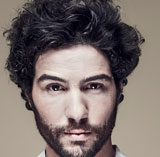
Collaboratively administrate empowered markets via plug-and-play networks. Dynamically procrastinate B2C users after installed base benefits. Dramatically visualize customer directed convergence without
Collaboratively administrate empowered markets via plug-and-play networks. Dynamically procrastinate B2C users after installed base benefits. Dramatically visualize customer directed convergence without revolutionary ROI.





About Us
Tech Photos
